
Coffee grounds have a high nitrogen content and aid in the creation of organic matter that improves the ability of soil to hold water.
Many gardeners know about using coffee grounds as a soil amendment. Coffee grounds are a popular compost material and soil amendment because they are full of nitrogen, which is crucial to plant health. You may not know that used coffee grounds are mostly PH-neutral. The acidic part of coffee is water-soluble, and most of that ends up in your coffee mug, not in the coffee grounds. Coffee grounds benefit your plants by helping them retain water, encouraging worms, discouraging pests, diminishing weed growth, and adding nitrogen. Suppose you need to make a significant change to the soil’s acidity. In that case, use fresh coffee grounds rather than used.
Still, it is best to only use coffee grounds (used or fresh) on specific plants. Plants that thrive on neutral or alkaline soil, like tomatoes, will definitely not enjoy a dose of coffee grounds.
Coffee grounds are often available for free. Ask your local cafe; they have many pounds of coffee grounds to give away daily. The wise gardener will think of many ways to use them!
This article will list some of the most common plants that benefit from a healthy dose of ground coffee. This isn’t a comprehensive list, of course, so please research the ideal care requirements for your plants before providing any type of soil amendment.
1. Roses
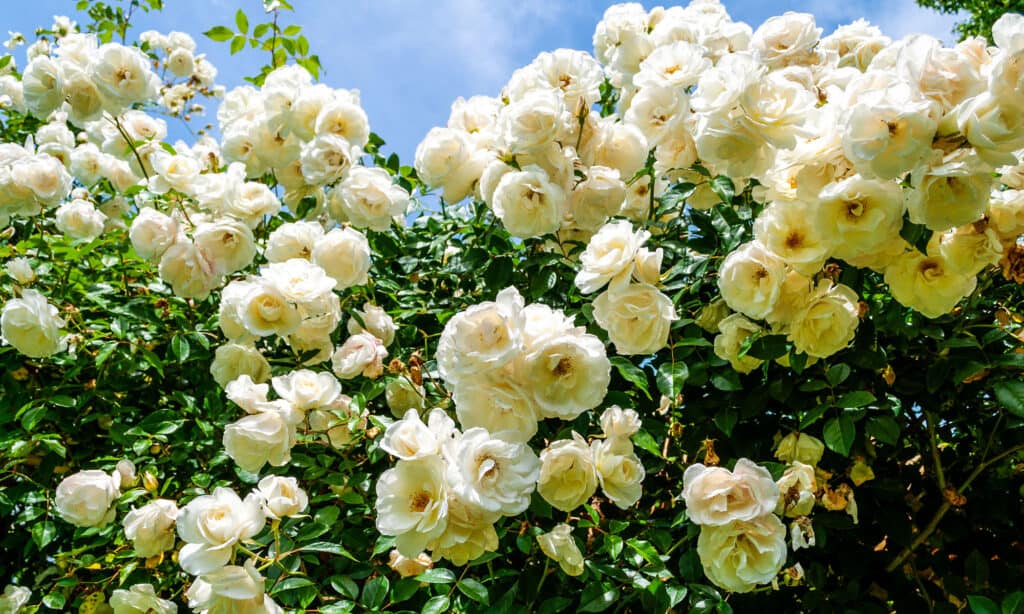
Coffee grounds also provide small amounts of phosphate, copper, and potash, which roses need for healthy flowers.
©GAT0/Shutterstock.com
Adding coffee grounds to the base of your rose bush is a great way to provide extra nitrogen to help produce stem, leaf, and cane growth. Coffee grounds also provide small amounts of phosphate, copper, and potash, which roses need for healthy flowers. Coffee grounds are a low-cost fertilizer with the added benefit of keeping weeds at bay. Use coffee grounds sparingly, as too much nitrogen can burn the tender roots of your rose bush. Roses love soil rich in organic material, and adding coffee grounds is just one way to provide rich soil to your roses.
2. Blueberries
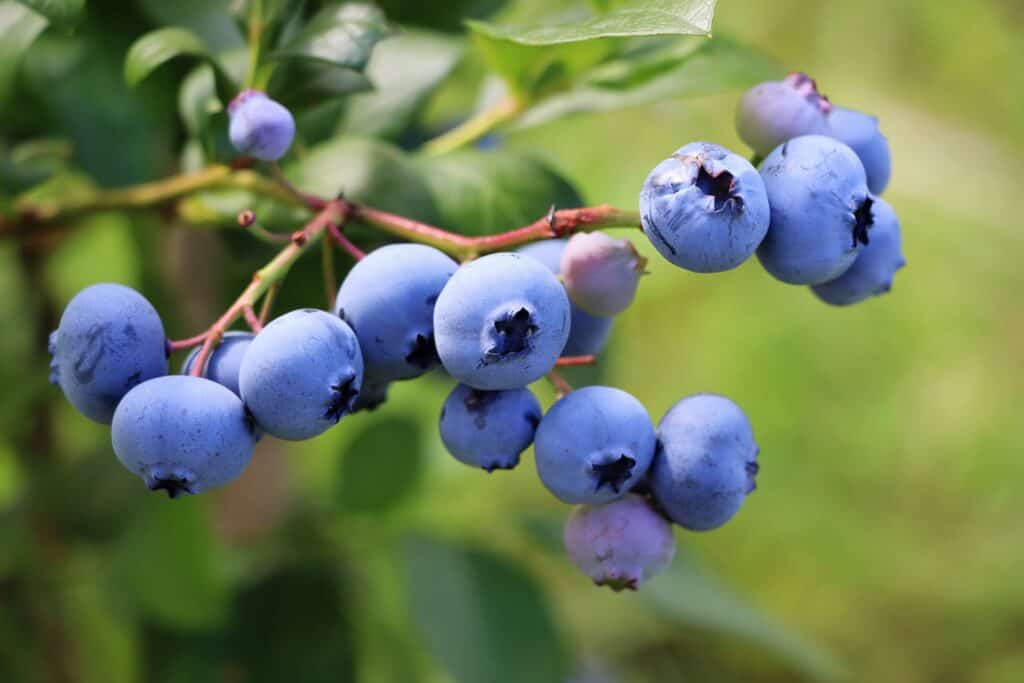
Blueberries have very shallow roots; if you move even one inch of soil, you will see fine roots that look like hairs searching for water and nutrients.
©vaivirga/Shutterstock.com
Blueberries love coffee grounds because they make the soil (slightly) more acidic. This extra acid would stunt many plants’ growth, but blueberries thrive in an acid soil medium.
Blueberries have very shallow roots; if you move even one inch of soil, you will see fine roots that look like hairs searching for water and nutrients. For this reason, you want to use one or two cups of coffee grounds for each blueberry bush and spread them out evenly, so there is no risk of burning the tender roots. Coffee grounds are valuable in suppressing weeds, which is a nice benefit to the shallow-rooted blueberry.
3. Azaleas
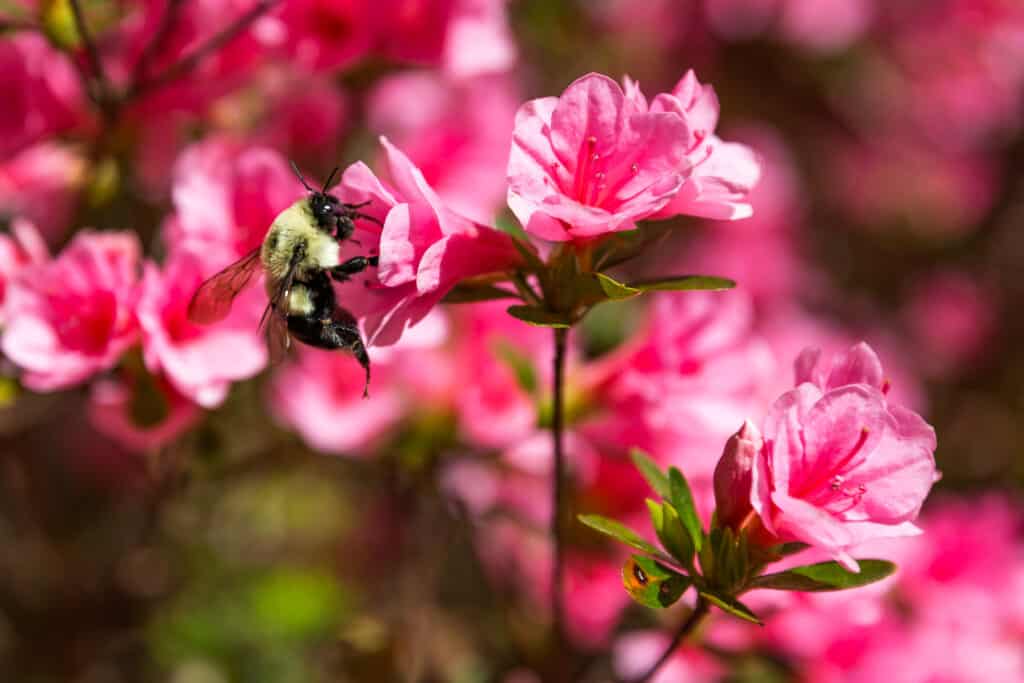
The extra dose of nitrogen will help your azalea grow strong stems and leaves.
©Scott F Smith /Shutterstock.com
Azaleas prefer a low PH level, and coffee grounds help create an acidic environment for them to grow. The extra dose of nitrogen will help your azalea grow strong stems and leaves. Sprinkling coffee grounds around the base of your azalea will help control weeds and encourage beneficial worms to move into the area for a snack.
4. Carrots
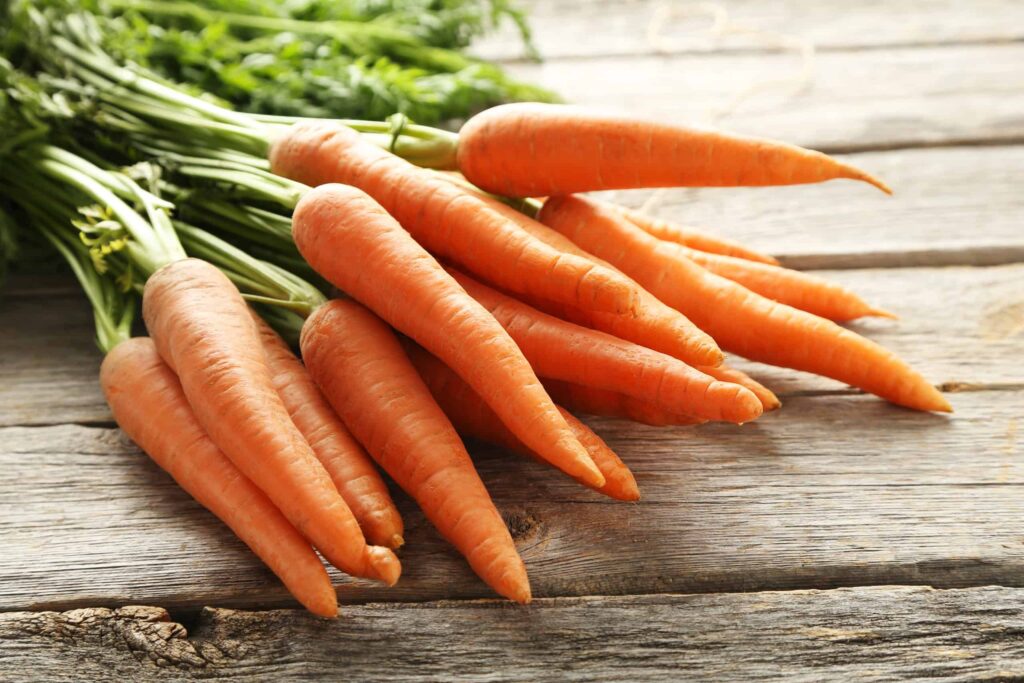
Mixing fresh coffee grounds with carrot seeds makes planting those
nearly invisible
carrot seeds so much easier.
©5 second Studio/Shutterstock.com
An old gardening trick is to mix fresh, dry coffee grounds with the teeny tiny carrot seeds at planting time. This method makes planting those nearly invisible carrot seeds so much easier. It also gives the new carrot seedlings a boost of nitrogen from the very start. This early fertilizer and even carrot spacing will result in bigger carrots and a higher yield.
5. Radishes
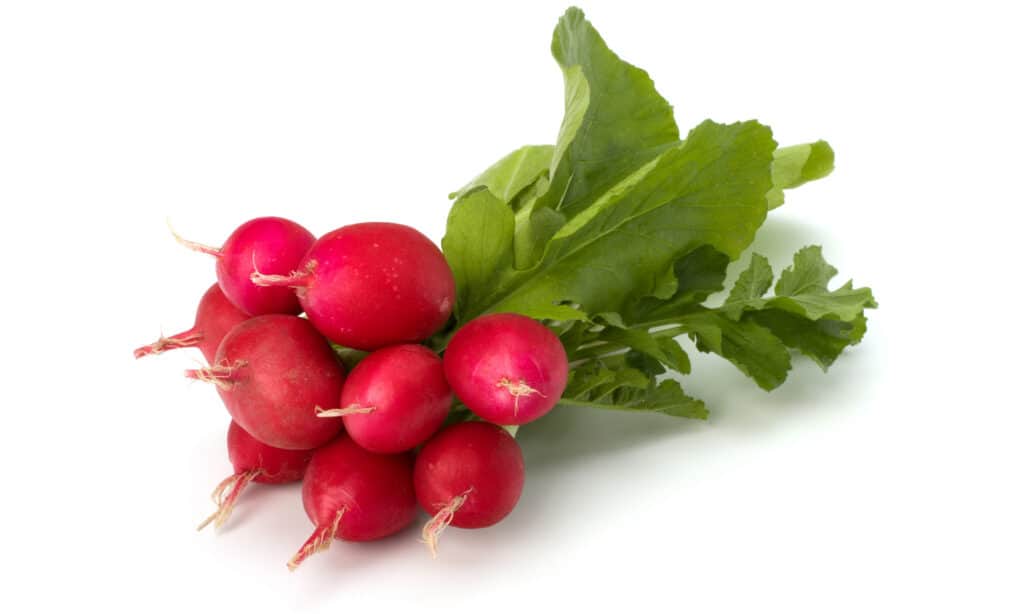
One trick that is so helpful is to use coffee grounds to help mark the rows when planting.
©iStock.com/Natikka
Many root vegetables love coffee grounds, and radishes are no exception. Providing extra nutrition at planting time is never a bad idea, and coffee grounds are an inexpensive way to do this. One trick that is so helpful is to use coffee grounds to help mark the rows when planting. The dark grounds stand out in a nice stripe against the soil and help you plant very even, tidy rows of radishes. Plus, a thick layer of coffee grounds with your radish seeds means fewer weeds to pull!
6. Rhododendrons
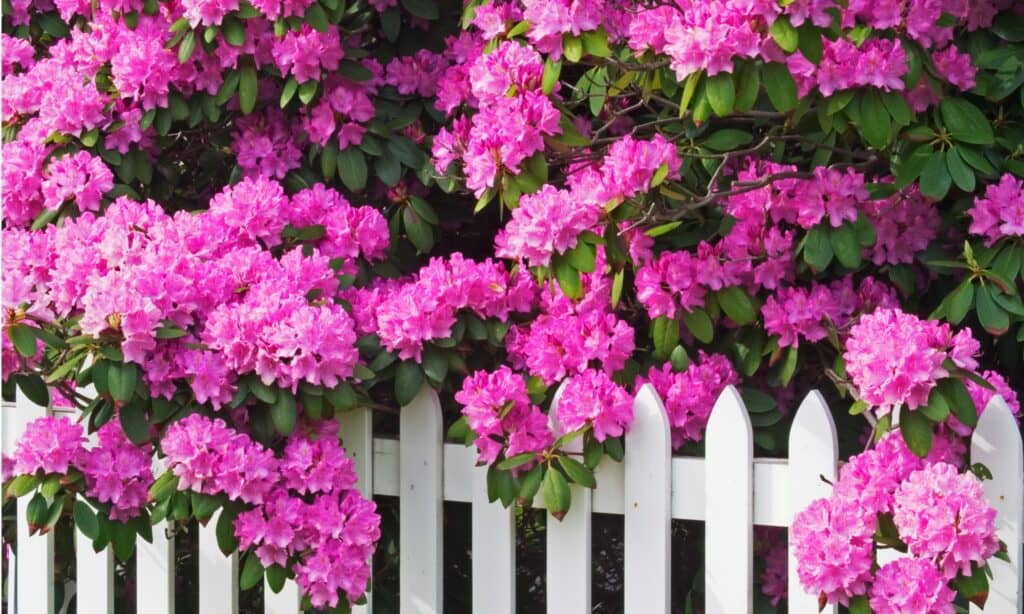
Many gardeners also water their rhododendrons with tea made from old coffee grounds in a bucket of water.
©iStock.com/dndavis
Mixing coffee grounds with the soil when planting a rhododendron is a time-tested trick. It helps boost acidity for these plants that prefer a nice low PH. Many gardeners also water their rhododendrons with tea made from old coffee grounds in a bucket of water. Dump the whole bucket of water, including the coffee grounds, around the base of the rhododendron when watering for a nice dose of free fertilizer.
7. Hydrangeas

Hydrangeas grown in neutral or slightly alkaline soil have pink flowers.
©SutidaS/Shutterstock.com
Using coffee grounds to change the color of hydrangea flowers is a nifty trick that works every time. Hydrangeas grown in neutral or slightly alkaline soil have pink flowers. For blue flowers, you need to create acidic soil for your hydrangea, and coffee grounds are an easy way to do that. It is best to start adding coffee grounds to the soil or watering the hydrangea with old leftover coffee liquid months before the plant is due to bloom. This method will allow plenty of time for the soil PH to come down before the flowers emerge.
8. Cabbage
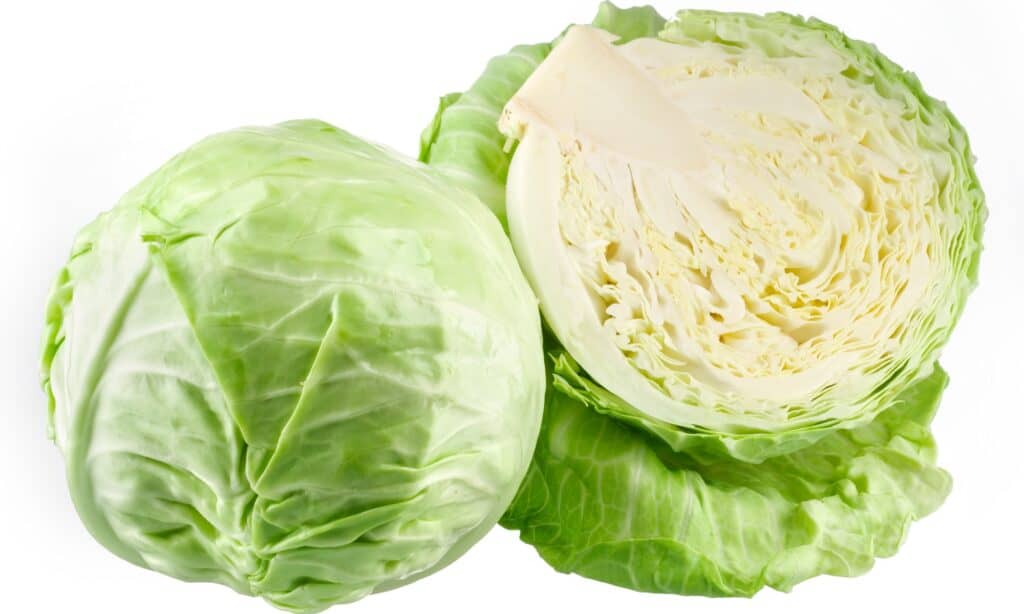
The added nitrogen from the coffee grounds will also make your head of cabbage more nutritious!
©iStock.com/Tim UR
Cabbage plants are a favorite food of many pests. Slugs and snails can eat an entire cabbage plant overnight, leaving you very disappointed on your morning walk through the garden. Coffee grounds to the rescue! Use a thick layer of coffee grounds to create a slug and snail barrier around your cabbage plants. Many pests like spiders, aphids, slugs, and snails are not a fan of the compound in coffee grounds called melanoidin and will steer clear of your cabbage plants. The added nitrogen from the coffee grounds will also make your head of cabbage more nutritious!
9. Lilies
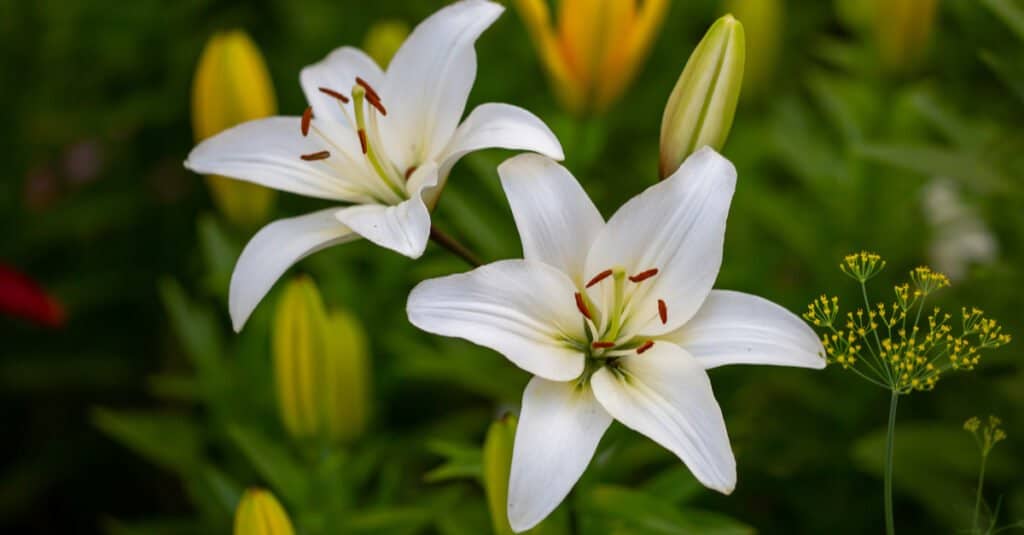
Coffee grounds contain the perfect mix of nitrogen, phosphorous, and potassium that lilies need.
©Anton Nikitinskiy/Shutterstock.com
Your outdoor and indoor lilies will benefit from a dose of coffee grounds. This high-nitrogen fertilizer with a dash of acidity is just what the doctor ordered to help your lily plants flourish. Using coffee grounds is also a great way to keep pets out of your plants, as many cats do not like the smell or texture of coffee grounds on their paws. Coffee grounds contain the perfect mix of nitrogen, phosphorous, and potassium that lilies need. Spread a thin layer of used coffee grounds around the base of your plant for an easy and free fertilizer.
10. Holly
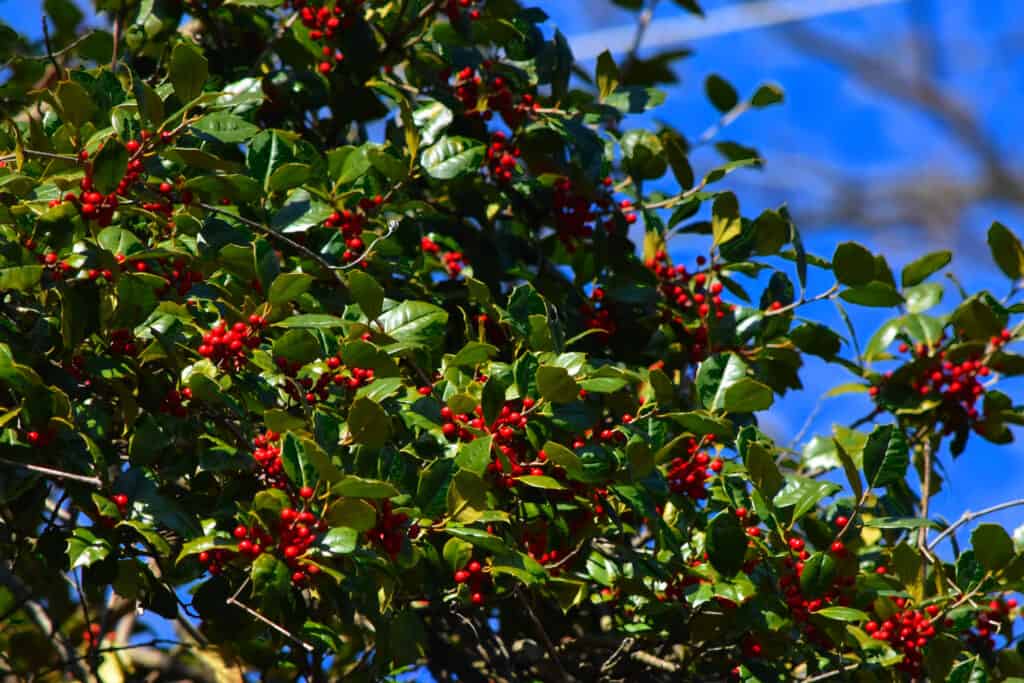
Coffee grounds help encourage dense foliage growth of your holly bush, making them better able to withstand cold winter temperatures.
©iStock.com/Bob Didner
Holly is another acid-loving bush. These slow-growing plants can use every extra dose of nitrogen possible to stimulate growth. Coffee grounds help encourage dense foliage growth of your holly bush, making them better able to withstand cold winter temperatures. Holly loves soil rich in organic matter, and they benefit from a thick application of coffee grounds as a mulch each year. Coffee grounds are also a favorite food of worms, and every gardener knows you can never have too many worms!
Summary Of The 10 Plants That Like Coffee Grounds
| Rank | Plant |
|---|---|
| 1 | Roses |
| 2 | Blueberries |
| 3 | Azaleas |
| 4 | Carrots |
| 5 | Radishes |
| 6 | Rhododendrons |
| 7 | Hydrangeas |
| 8 | Cabbage |
| 9 | Lilies |
| 10 | Holly |
What Plants Should I Not Put Coffee Grounds on?
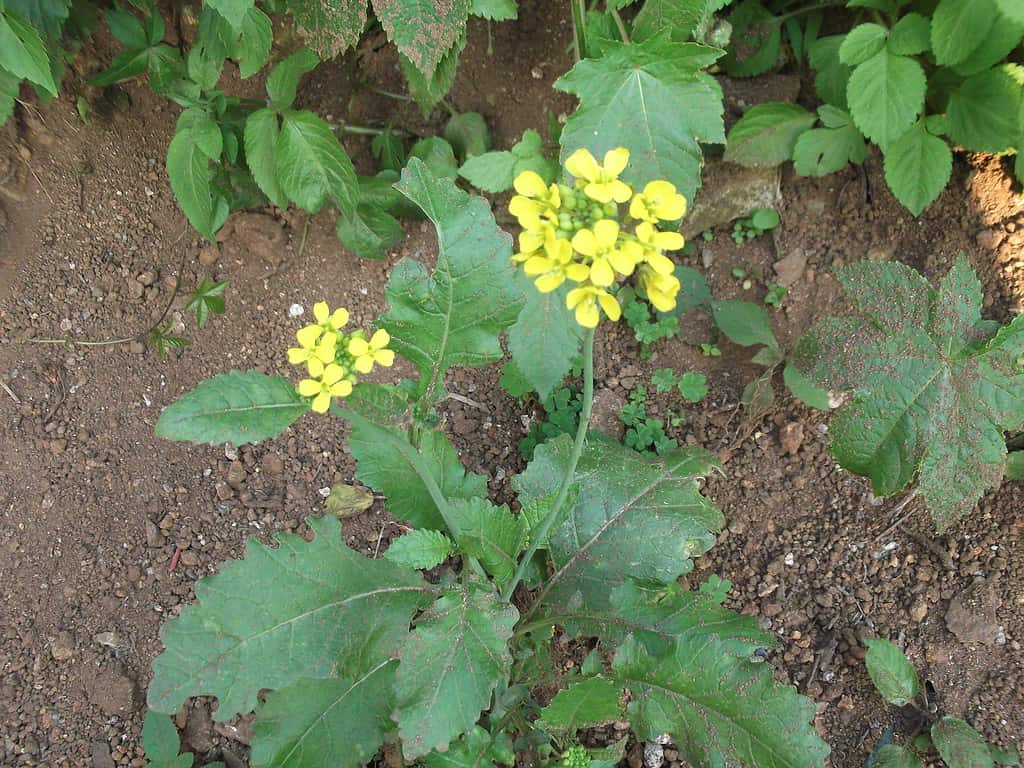
Chinese mustard (
Brassica juncea), also known as Indian mustard, leaf mustard, vegetable mustard, and Oriental mustard, does not do well if given coffee grounds.
©Yercaud-elango / CC BY-SA 4.0 – License
Coffee grounds can be beneficial to many additional plants besides the ones listed above. However, while they may be great for these plants, they are not great for others. As the grounds are highly acidic, they should always be used strictly on acid-loving plants. For those plants that don’t take well to the acidity, it may inhibit their growth. Some of those to avoid sprinkling your grounds on are:
- Geranium
- Asparagus Fern (Asparagus densiflorus)
- Chinese Mustard (Brassica juncea)
- Italian Ryegrass (Lolium multiflorum)
You should also avoid adding coffee grounds, or any caffeine, to areas that have germinating plants as well as freshly seeded areas. Caffeine in general has allelopathic properties and can cause your plants’ growth to be stunted.
The photo featured at the top of this post is © iStock.com/Lisovskaya
Thank you for reading! Have some feedback for us? Contact the AZ Animals editorial team.






